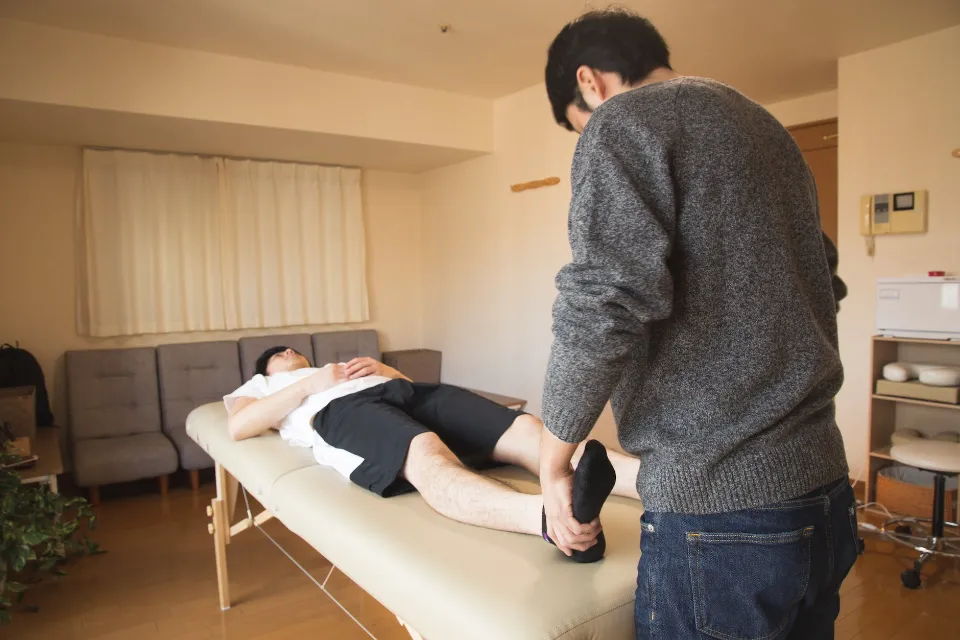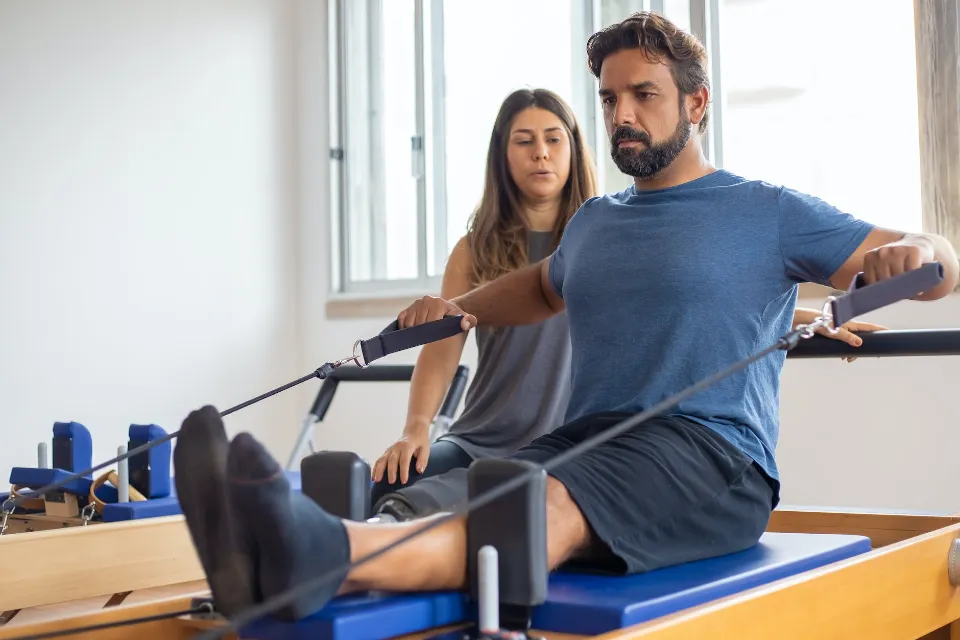For hip conditions, there are numerous treatment options. Others might need surgery, while some can be treated with just physical therapy. When scheduling your care, the orthopedic specialists at our Tennessee practice will take into account all of your symptoms and your complete medical history. Here are the things you should not do after hip replacement surgery
Surgery for a new hip has many advantages. The majority of patients find that the pain relief is worth it on its own, but the improved mobility and hip function greatly enhance a person’s quality of life by regaining their independence and enabling them to engage in enjoyable activities.
You must take particular actions in order to maximize these advantages, reduce dislocations and injuries, and get the most out of a hip replacement. Following hip replacement surgery, certain activities must be avoided.
Read more: How Long Does Knee Replacement Surgery Take: An Accurate Answer – Elder VIP
What is Hip Replacement Surgery?
An artificial hip joint (known as an implant) is used to replace a damaged hip joint during a hip replacement, a common procedure.
Any adult can be considered for a hip replacement, though most procedures are performed on patients between the ages of 60 and 80.
A modern artificial hip joint is designed to last for at least 15 years. The majority of people experience a notable decrease in pain and an improvement in their range of motion. In most cases, hip replacement surgery is required when the hip joint is worn out or damaged, limiting your mobility and causing you to experience pain even when you’re at rest.
The most common reason for hip replacement surgery is osteoarthritis. Other conditions that can cause hip joint damage include:
- Septic arthritis
- Rheumatoid arthritis
- Hip fracture
- Disorders that cause unusual bone growth (bone dysplasias)
Advantages of Hip Replacement Surgery
Returning to your favorite activities after hip replacement surgery can be beneficial. Here are a few advantages.
Relieve Pain
Improved mobility and long-lasting results are key advantages, but the main benefit is pain relief. All facets of your life can be impacted by an arthritic hip. Successful surgery can have immediate advantages and improve one’s quality of life by reducing hip pain.
Enhanced Quality of Life
Improved quality of life should not be overlooked in addition to the previously mentioned advantages. It can be very beneficial for a person’s mental health to regain the ability to perform basic tasks like walking and climbing stairs. A patient may feel much more independent and less of a burden on their support network with an improved range of motion.
Improved Strength and Mobility
The next significant benefit after pain relief is improved mobility and strength. Patients with hip replacements should be able to walk and climb stairs without assistance.
Lasting Effect
The purpose of artificial hip implants is durability. According to the most recent studies, between 80 and 85 percent of hip replacements continue to function 20 years after being implanted. Older patients are therefore less likely to require hip revision surgery.
What Can You Never Do After Hip Replacement?
In order for you to recover properly after surgery, there are some things you should never do.
Don Not Rush the Healing Process
Despite your desire to resume independent living, you don’t want to put yourself at further risk of harm. When you are released from the hospital, you have the choice of recuperating in a skilled nursing facility if you do not feel ready to handle the responsibilities of daily living. You will receive the therapeutic care you require there so that you can recover and heal at your own pace.
Don Not Resist Getting Up and Moving Around
Don’t resist getting up and moving around as instructed by your surgeon or physical therapist in the days immediately following your surgery. Even though it might seem too soon, doing so will aid in preventing blood clots and promoting the healing process.
Bend No More Than 90 Degrees at the Waist
This includes stopping to tie your shoes, sitting in a low chair, or performing any other motion that calls for a waist bend. These activities increase the chances of dislocating the new hip.
Do Not Raise Your Knees past Your Hips
The hip can become dislocated from its socket if you bend over too far at the waist; the same is true if you lift your knees so that they are higher than your hip.

Do Not Cross Your Legs
Depending on the type of hip replacement surgery you underwent, crossing your legs—particularly crossing the operated leg over the unoperated leg—might be prohibited only for a short while following the procedure, or for much longer. A dislocated hip joint can also result from this action.
Do Not Turn Your Feet in Or Out Too Much
Additionally, make an effort to maintain a hip-to-toe alignment. No matter how you’re moving—walking, standing, sitting, or lying down—this is crucial.
Do Not Twist Or Rotate at the Hips
As a general rule, try to keep your chest and hips pointing in the same direction as much as possible.
Don Not Drive until You’re Cleared by Your Doctor
Everyone’s experience with driving after a hip replacement is unique. Some people are able to drive within a couple of weeks of their hip replacement surgery, and others need more time to heal and drive safely. Before you drive, it’s important to discuss it with your doctor so that you know you’re safe on the road and that doing so won’t disrupt your healing process.
What Can You Do After Hip Replacement?
Hip Conditioning
After surgery, your doctor and physical therapist may recommend a hip conditioning program for you. Hip conditioning has two purposes:
- Strengthening the muscles helps support your new joint, relieve pain and prevent more injuries
- Improving the flexibility of the muscles, which improves the range of motion and prevents injury
For four to six weeks, you should adhere to a hip conditioning regimen. Never start an exercise program without first consulting your doctor, and never ignore the discomfort.
Exercise Guide
Immediately following surgery for a total hip replacement, you will start moving the new joint as you recover. Your initial movements might be sluggish. You will be able to move more and for longer periods of time as your strength and flexibility increase.
Summary
The exercises in this blog may seem like a lot, but it’s important to keep in mind that each one involves hip movements or strains that could slow down your recovery. Most of these restrictions are only in place temporarily; however, for some people, longer restrictions may be necessary. Unfortunately, some patients discover that while they may experience some long-term limitations, their quality of life may still be better than it was prior to their hip replacement.
Each patient’s needs and dos and don’ts are different, including those listed in this blog, depending on how your doctor operates and operates during the procedure. After your new hip replacement, your doctor and physical therapist will give you a list of activities you should and shouldn’t do. These precautions will help prevent the new joint from loosening and ensure it heals properly.
FAQs
How Long Do You Have to Be Careful After Hip Replacement?
You need to remain under total hip precautions for about 12 weeks. Avoid bending your toes in or out during this time. Avoid crossing your legs as well. Keep all of your follow-up appointments, and ask your surgeon when you can bend down to pick things up or beyond 90 degrees.
What Should You Be Able to Do 10 Days After Hip Replacement?
A nurse will remove the staples from your wound and you can return to having baths or showers. You can also begin walking without a cane or other support.



